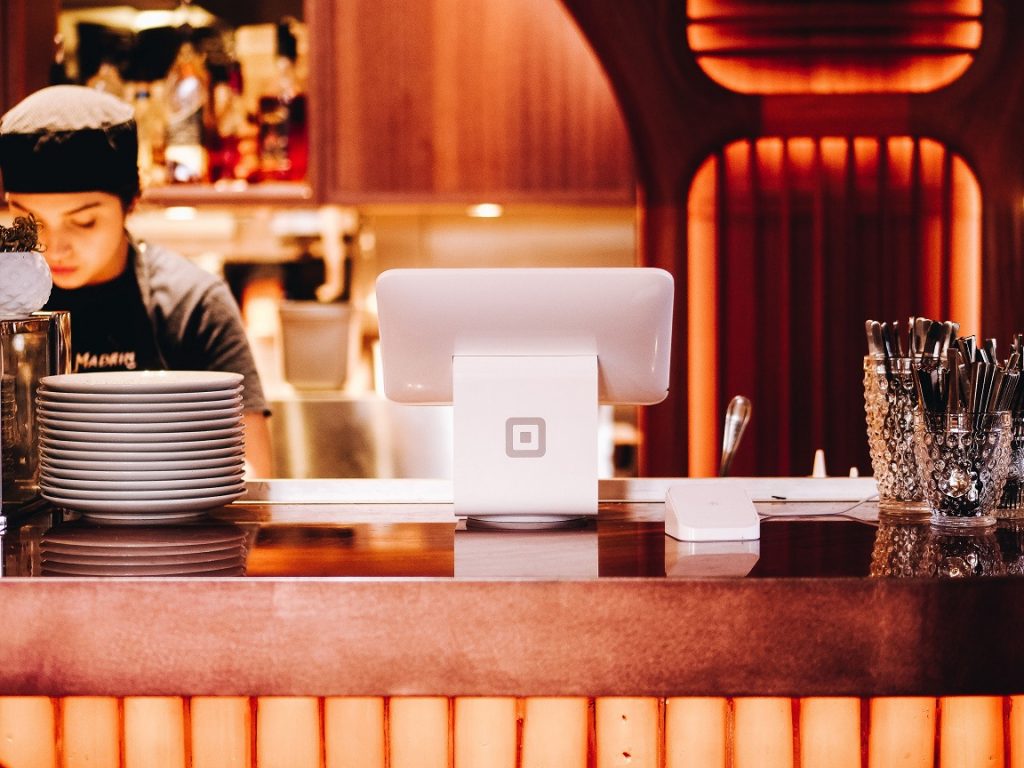Romantic Restaurants Islamabad: Suitable Dining Destinations for Couples
Wiki Article
Savor Authentic Eastern Food With a Pan-Asian Spin for a Cooking Adventure
Beginning on a cooking journey with authentic Asian cuisine, enhanced with a Pan-Asian twist, offers a special opportunity to discover the abundant tapestry of tastes that specify the area's diverse culinary traditions. As you ponder these tempting meals, take into consideration the cultural stories and historical impacts that shape them, each bite offering a story waiting to be uncovered. best asian restaurant Islamabad.
Checking Out Pan-Asian Flavors
In the world of international gastronomy, Pan-Asian cuisine stands apart for its amazing diversity and the harmonious interaction of flavors from numerous Eastern societies. This cooking method commemorates the unique active ingredients and abundant traditions located throughout the continent, developing a tapestry of preferences that is both enjoyable and interesting. Key to Pan-Asian food is its capability to stabilize different tastes-- wonderful, salty, spicy, and sour-- while highlighting the freshness and top quality of each ingredient.From the umami-rich soy sauce of Japan to the intense chili peppers of Thailand, Pan-Asian food provides a considerable combination of tastes. These aspects are frequently integrated in innovative methods, boosting meals with layers of intricacy. As an example, using aromatic natural herbs such as lemongrass and cilantro, common in Vietnamese and Thai food, adds a revitalizing illumination to meals, while the consolidation of coconut milk supplies a luscious, rich appearance.
The focus on fresh fruit and vegetables and aromatic seasonings makes certain that each meal is not only a banquet for the taste however also for the detects. Pan-Asian cuisine invites restaurants to embark on a cooking trip, discovering the vast and varied landscapes of Asian gastronomy with every bite.
Blend Recipes to Try
While Pan-Asian cuisine is commemorated for its typical flavors, the contemporary culinary landscape is significantly embracing combination meals that blend these classic aspects with impacts from other regions. This cutting-edge strategy not only honors the rich heritage of Oriental cookeries however also presents unique taste experiences that appeal to modern tastes buds.
An archetype of such a fusion recipe is the Korean-Mexican taco, where marinaded bulgogi beef is wrapped in a cozy tortilla, topped with kimchi and a hot gochujang-infused salsa. This mix marries the strong, tasty tastes of Korea with the vivid, fresh components of Mexican food. Likewise, sushi burritos have obtained popularity, joining together the fragile artistry of Japanese sushi with the passionate, hand-held convenience of a burrito, often featuring fusion ingredients like tempura shrimp and avocado with a drizzle of wasabi mayo.
One more noteworthy recipe is Thai curry ramen, which infuses the velvety, aromatic seasonings of Thai curry into the comforting broth of standard Japanese ramen, developing a harmonious mix that tantalizes the detects. These fusion dishes prolong past mere uniqueness; they represent a culinary discussion between societies, urging expedition and technology worldwide of Pan-Asian cuisine.
Vital Active Ingredients and Flavors
To truly value Pan-Asian cuisine, one must understand the important components and seasonings that form its foundation. This diverse culinary design attracts from a rich tapestry of Oriental practices, employing a harmonious blend of textures and flavors.Aromatic components are essential, with ginger, garlic, and lemongrass being common throughout various Pan-Asian recipes. These active ingredients supply an aromatic base that boosts the intricacy of flavors. Flavors such as star anise, cardamom, and cinnamon introduce warmth and character, resembling influences from regions like China and India.

Food Preparation Methods and Tips
Grasping the art of Pan-Asian food requires experience with its distinct food preparation techniques, each adding to the dynamic tapestry of tastes this culinary custom is commemorated for. Central to these approaches is the stir-fry, a fast cooking strategy that protects the nutritional stability and brilliant colors of ingredients. Using a wok, the stir-fry technique enables even heat distribution, vital for accomplishing the particular appearance and taste balance of Pan-Asian meals.One more fundamental strategy is steaming, specifically common in Chinese food. This gentle technique maintains the all-natural flavors and nutrients of active ingredients, making it ideal for seafood oriental wok and vegetables. Dumplings, a beloved staple, often gain from steaming, resulting in soft, succulent textures.
Grilling, likewise indispensable, imparts great smoky depths to meals such as Korean bulgogi or Japanese yakitori (pan asian dining Islamabad). This method usually involves seasoning ingredients, enabling tastes to penetrate deeply before food preparation over an open flame or warm plate
Lastly, understanding the art of balancing flavors-- sweet, sour, salty, bitter, and umami-- is important. Effectively layering these aspects can raise a meal from common to remarkable, offering a complicated and satisfying culinary experience that symbolizes the essence of Pan-Asian cuisine.
Dining Experiences Worldwide
Around the world, Pan-Asian cuisine provides an unmatched eating experience, commemorated for its rich tapestry of flavors and lively presentations. This culinary phenomenon has transcended cultural boundaries, recording the hearts and palates of food fanatics worldwide. In multicultural cities like New York, London, and Sydney, Pan-Asian dining establishments offer as fusions where cooking practices from Thailand, Japan, China, and past converge, giving restaurants with an eclectic mix of recipes that highlight the area's variety.The global appeal of Pan-Asian food hinges on its capacity to use both credibility and advancement. Cooks masterfully marry traditional components such as lemongrass, soy sauce, and miso with contemporary strategies, leading to meals that are both acquainted and refreshingly new. This fusion allows diners to start a cooking trip that appreciates heritage while embracing modernity.
In addition, eating experiences are raised through thoughtfully designed settings that reflect the values of Pan-Asian looks. From minimalist Japanese-inspired insides to lively Thai-themed spaces, each restaurant uses an one-of-a-kind setting that matches the cooking offerings. Consequently, clients are not simply eating a meal however partaking in a cultural experience, making Pan-Asian dining a truly global sensation.
Conclusion
The exploration of Pan-Asian food supplies an extensive understanding of the intricate interplay of tastes and cooking practices throughout Asia. By accepting combination meals such as Thai curry ramen and sushi burritos, the cooking trip not just highlights the versatility of traditional active ingredients yet likewise showcases cutting-edge modern methods. This gastronomic adventure, enriched by important seasonings and cooking techniques, offers a special opportunity to appreciate the multiculturalism fiorella and cooking artistry that specify Pan-Asian cuisine on an international scale.Embarking on a culinary trip imp source with genuine Eastern cuisine, boosted with a Pan-Asian twist, supplies an one-of-a-kind possibility to check out the rich tapestry of tastes that define the area's varied cooking customs.In the realm of worldwide gastronomy, Pan-Asian food stands out for its amazing variety and the unified interplay of flavors from numerous Eastern cultures. Key to Pan-Asian cuisine is its capacity to balance different flavors-- wonderful, salty, spicy, and sour-- while highlighting the quality and high quality of each ingredient.

Report this wiki page